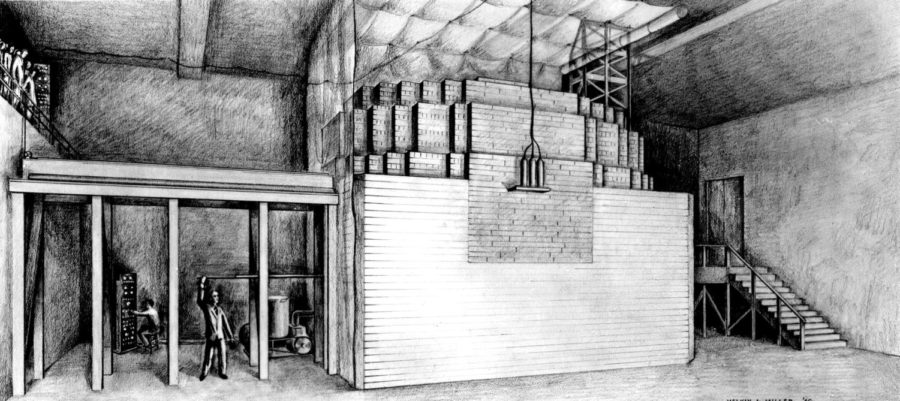Nuclear physicist Barbara Jacak delivered a lecture entitled “Nuclear Physics: Then and Now” in Maria Goeppert-Mayer Lecture Hall on Thursday. The event was part of the University’s on-going commemoration of the 75th anniversary of the first self-sustaining nuclear reactor, Chicago Pile-1 (CP-1).
Jacak, a professor of nuclear physics at UC Berkeley, specializes in the research of quark-gluon plasma. Her lecture first discussed the history and significance of CP-1 before transitioning into the current state of nuclear physics.
“If you look for a picture of CP-1, you will not find it,” Jacak said, before providing some background information on the reactor. When the United States entered World War II, it quickly diverted energy and resources into research on nuclear fission, a reaction in which the nucleus of an atom splits apart. CP-1 was the first reactor to be able to sustain this type of reaction.
“Fission was only discovered in the late 1930s, and CP-1 only took 18 months to make from conception to completion,” she said.
According to Jacak, CP-1 had a lasting effect on the field of physics. Once it showed that atoms could be divided and the resulting energy harvested, physicists shifted their focus to sub-atomic particles, ushering in the nuclear age.
The lecture was the second of over 20 interdisciplinary events that will take place throughout the quarter regarding CP-1. The commemoration will culminate on December 2 with a series of presentations on science and the arts.









